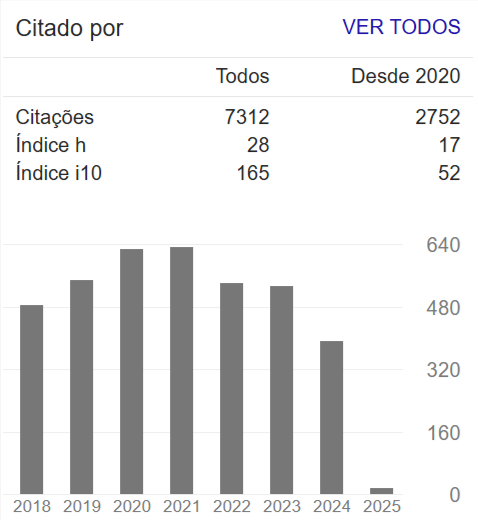In situ radio-frequency heating (ISRFH) for enhanced soil remediation with soil vapour extraction
Resumo
Soil heating can be used to enhance various remediation techniques such as soil vapour extraction and biodegradation of pollutants by increasing vapour pressure, water solubility and mobility of contaminants, decreasing surface tension, shifting adsorption equilibriums towards desorption and increasing bioavailability of hazardous compounds. Among thermal methods, in situ radio-frequency heating (ISRFH) is a very flexible tool having some unique advantages such with respect to the accessible temperature range (potentially up to more than 200°C) and the soils (dry or moist, sandy or tenacious). The working principle is characterized by direct heat formation in the soil volume and therefore similar to that of a microwave oven. However, due to the applied frequencies in the MHz range, larger penetration depths (some metres) can be achieved and therefore larger volumes can be treated. ISRFH was successfully applied in the laboratory as well as in the field scale. Depending on the remediation method, various electrode geometries (parallel plates for supporting microbial degradation, specially designed rod electrodes in combination with soil vapour extraction or antenna geometries for selectively heating highly contaminated soil volumes) have been utilized. Thermal enhancement led to a marked increase of the removal rates of contaminants from soil.

















